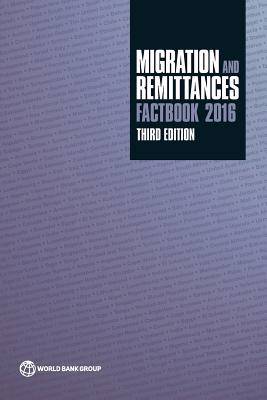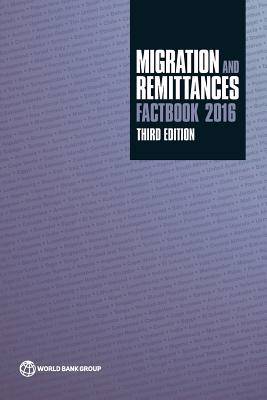
Bedankt voor het vertrouwen het afgelopen jaar! Om jou te bedanken bieden we GRATIS verzending (in België) aan op alles gedurende de hele maand januari.
- Afhalen na 1 uur in een winkel met voorraad
- In januari gratis thuislevering in België
- Ruim aanbod met 7 miljoen producten
Bedankt voor het vertrouwen het afgelopen jaar! Om jou te bedanken bieden we GRATIS verzending (in België) aan op alles gedurende de hele maand januari.
- Afhalen na 1 uur in een winkel met voorraad
- In januari gratis thuislevering in België
- Ruim aanbod met 7 miljoen producten
Zoeken
€ 46,45
+ 92 punten
Omschrijving
Remittances remain a key source of funds for developing countries, far exceeding official development assistance and even foreign direct investment. Remittances have proved to be more stable than private debt and portfolio equity flows, and less volatile than official aid flows, and their annual flow can match or surpass foreign exchange reserves in many small countries. Even in large emerging markets, such as India, remittances are equivalent to at least a quarter of total foreign exchange reserves. India, China, Philippines and Mexico are the top recipients of migrant remittances. The Migration and Remittances Factbook 2016 attempts to present numbers and facts behind the stories of international migration and remittances, drawing on authoritative, publicly available data. It provides a snapshot of statistics on immigration, emigration, skilled emigration, and remittance flows for 210 countries and 15 regional and income groups. The Migration and Remittances Factbook 2016 updates the 2011 edition of the Factbook with additional data on bilateral migration and remittances and second generation diasporas, collected from various sources, including national censuses, labor force surveys, population registers, and other national sources.
Specificaties
Betrokkenen
- Auteur(s):
- Uitgeverij:
Inhoud
- Aantal bladzijden:
- 296
- Taal:
- Engels
Eigenschappen
- Productcode (EAN):
- 9781464803192
- Verschijningsdatum:
- 8/04/2016
- Uitvoering:
- Paperback
- Formaat:
- Trade paperback (VS)
- Afmetingen:
- 152 mm x 226 mm
- Gewicht:
- 476 g

Alleen bij Standaard Boekhandel
+ 92 punten op je klantenkaart van Standaard Boekhandel
Beoordelingen
We publiceren alleen reviews die voldoen aan de voorwaarden voor reviews. Bekijk onze voorwaarden voor reviews.









